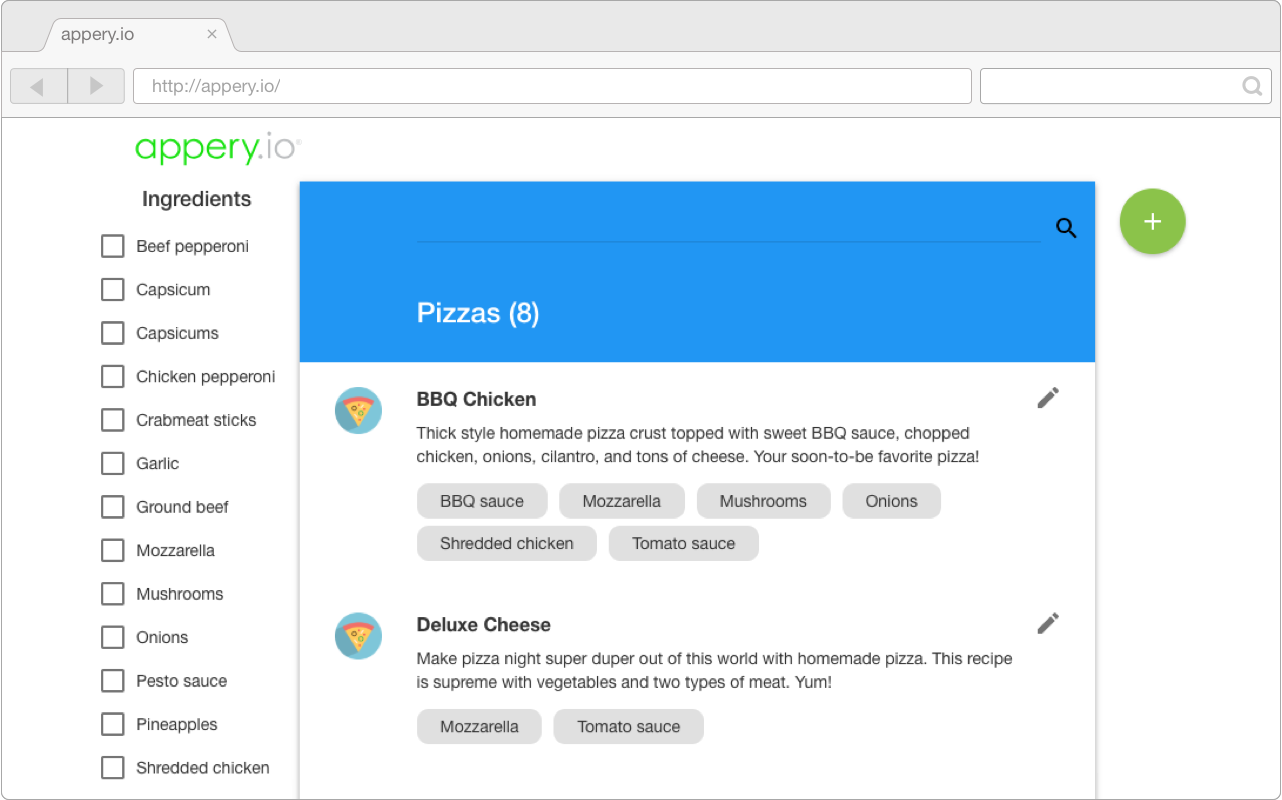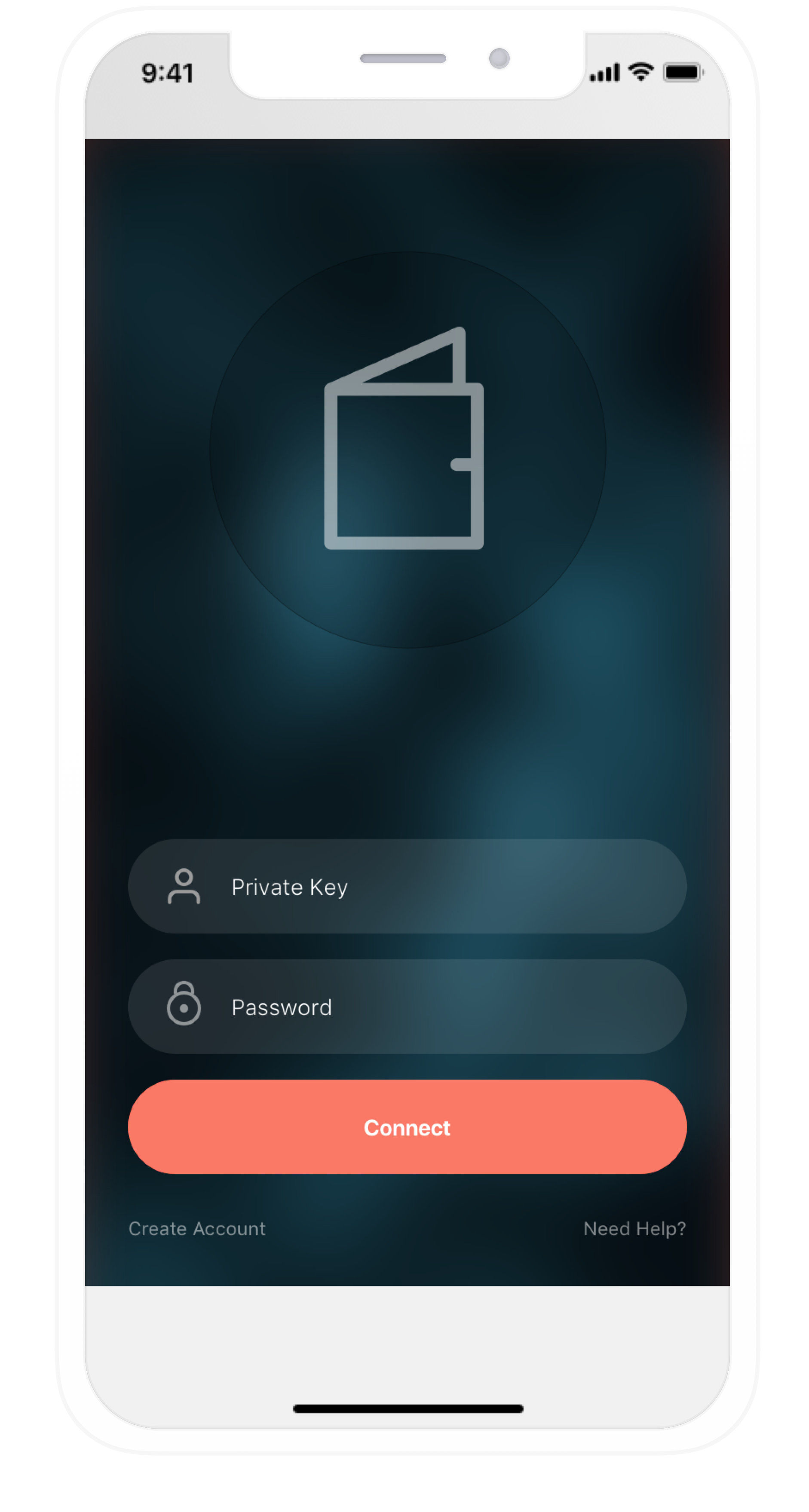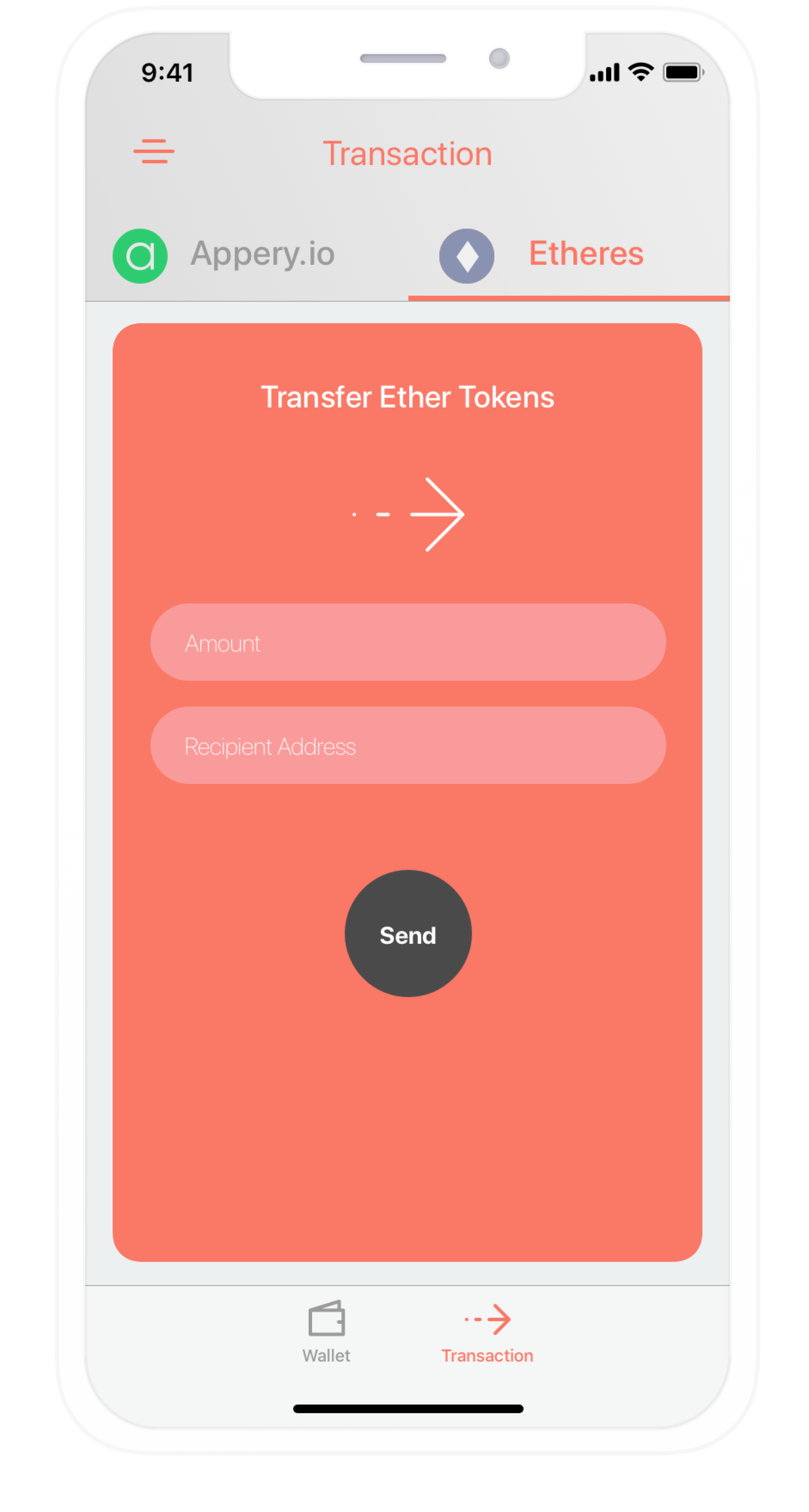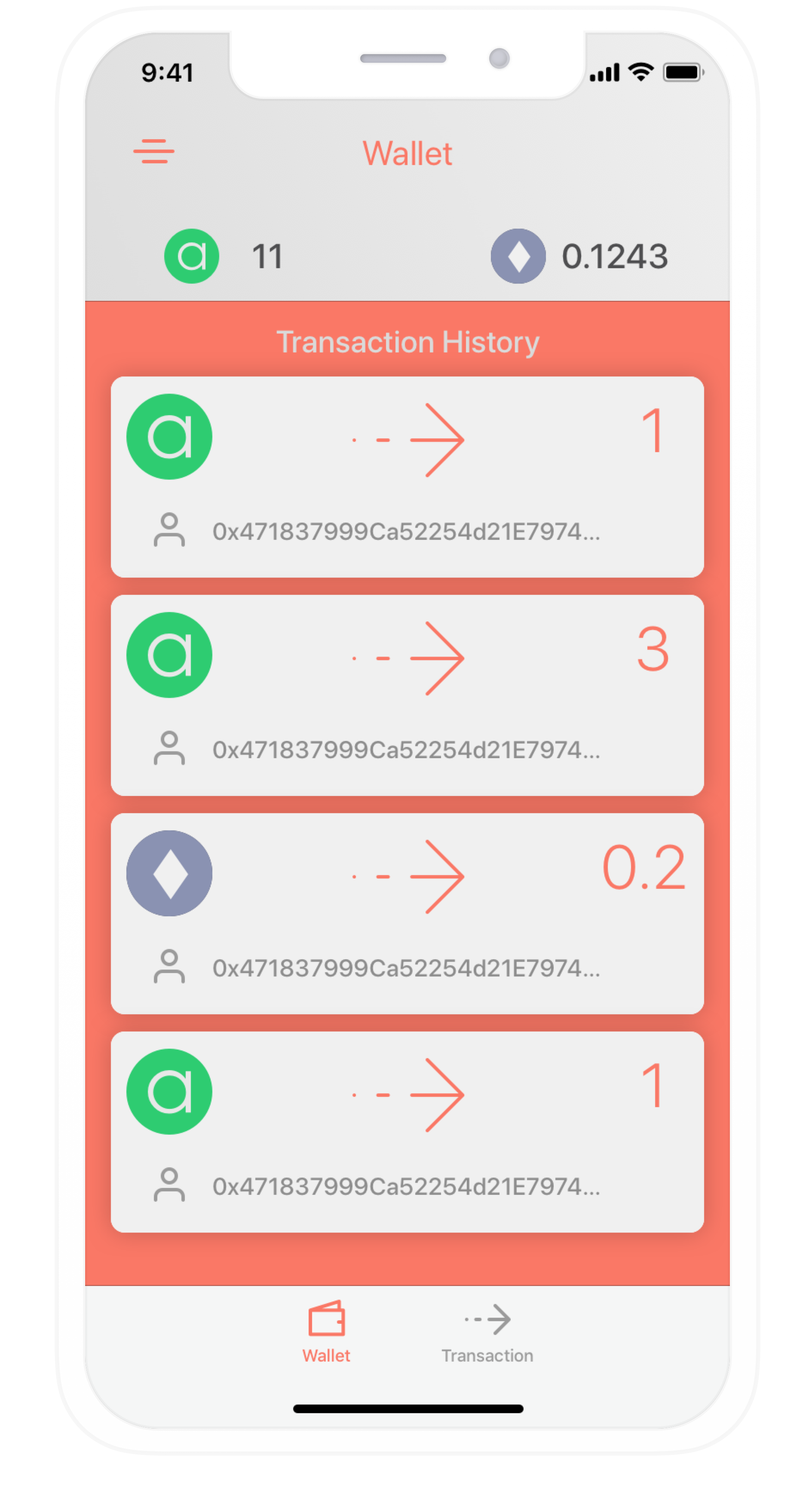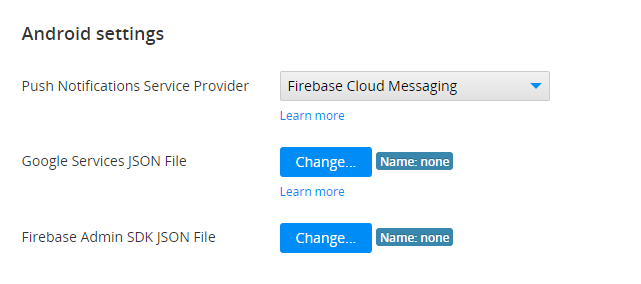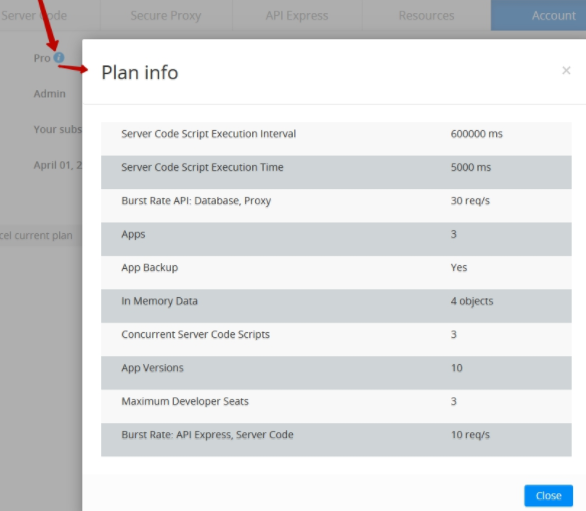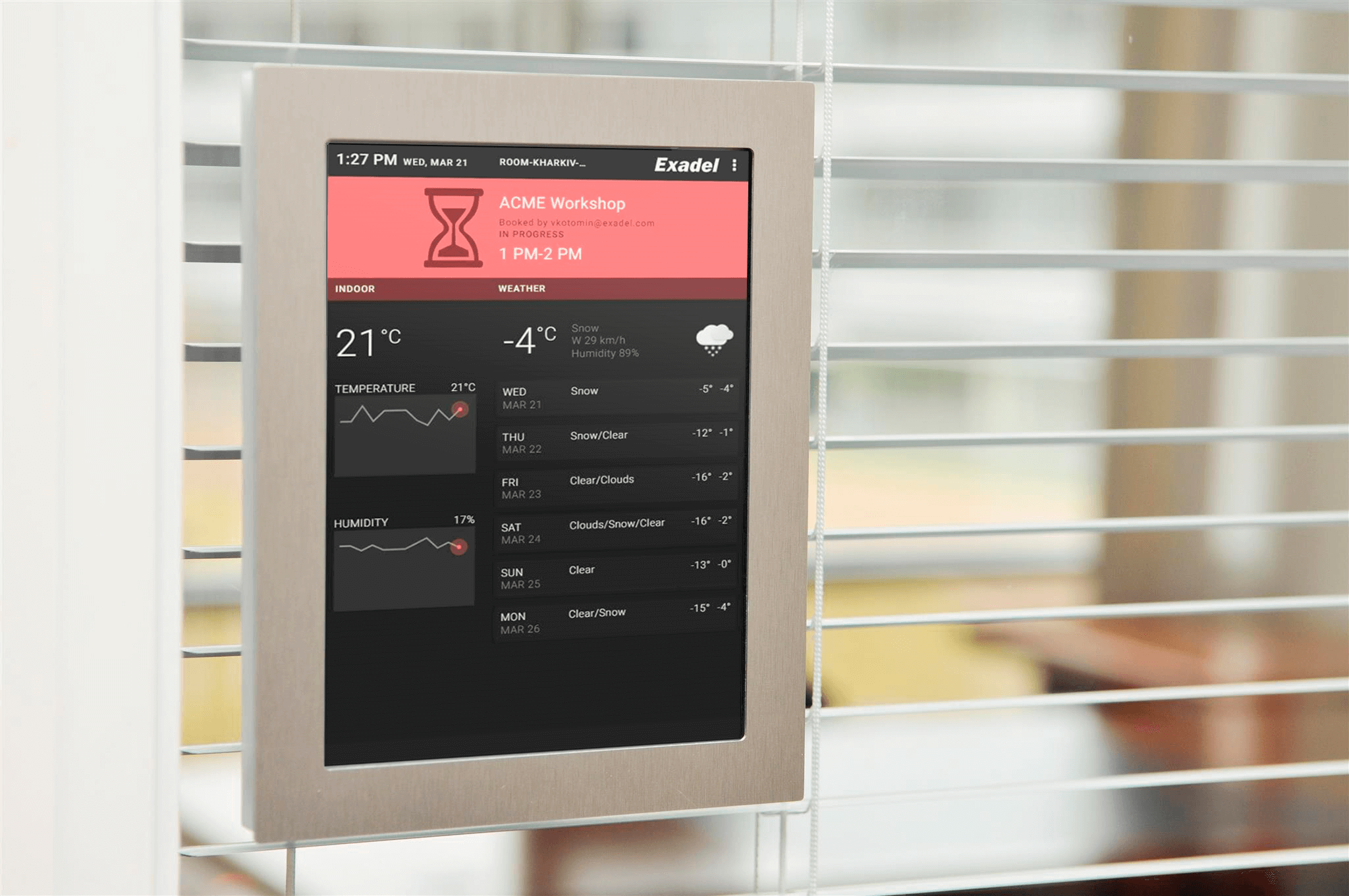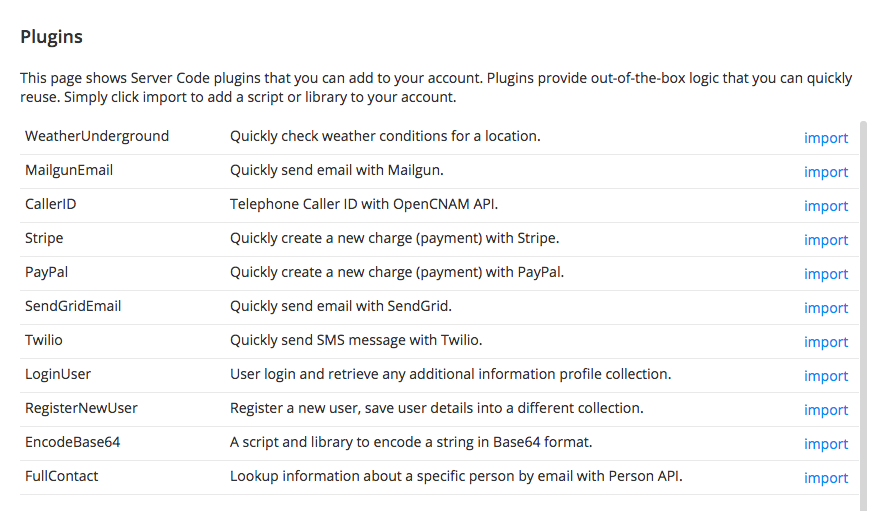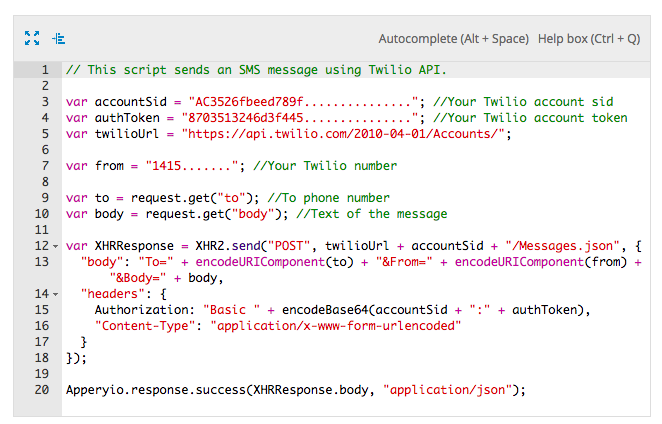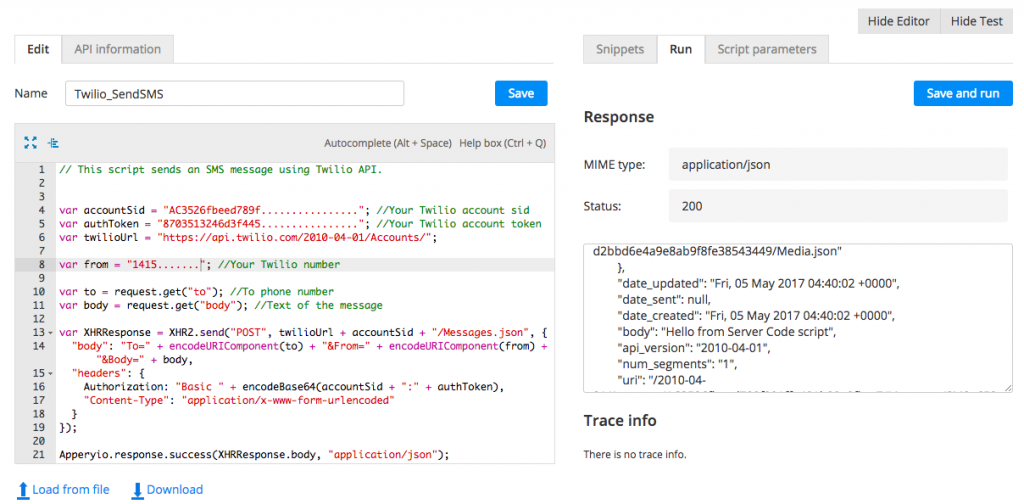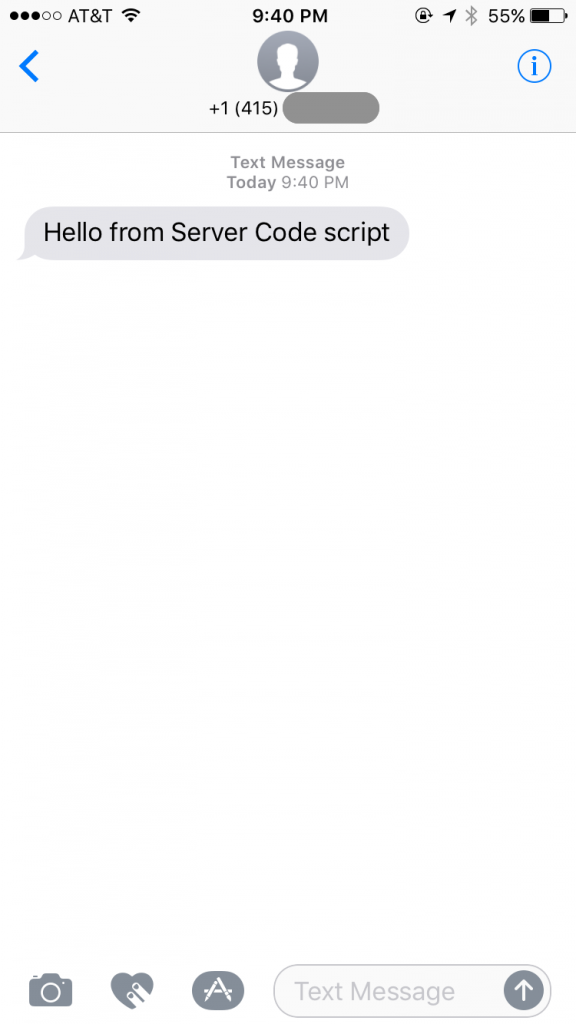Hacking a Hackathon with Appery.io
A hackathon is usually an all day long coding competition where a motley team of software programmers, developers, and designers sit together to design and develop something quickly. The goal of a hackathon is to create usable software in the least amount of time. In order to avoid the burden of building infrastructure and steep learning curve issues, many hackathon attendees (“hackathonees”) search for a Swiss army knife to use.
Luckily, with Appery.io, a cloud-based rapid software development platform, hackathonees satisfy all of these goals. Among them are top-notch companies such as a the largest bank in the Middle East, a worldwide healthcare company, and a global hackathon organization that has already fueled many internal and public codefests with Appery.io.
Concentrate on Innovation Not Infrastructure
Appery.io has integrated mobile back-end services, including database, push, and server code. In addition, it can be used to easily and securely integrate apps with any back-end system. Offline synchronization is included, too. And, dozens of free out-of-the-box plugins are available.
Smooth Learning Curve
According to the Appery.io community members, it takes just 2 to 3 days for a novice to master the platform and start building functional hybrid apps. (Of course, some basic knowledge of JavaScript, HTML, CSS, and databases are nice to have to make the learning curve shorter.) In addition, the platform has tons of well-organized DIY videos and manuals as well as free downloadable sample apps.
Easy to Start
Here is a five-minute video showing how to build a mobile app with a cloud database from A to Z.
Are you a hackathonee? Start using Appery.io for FREE!

